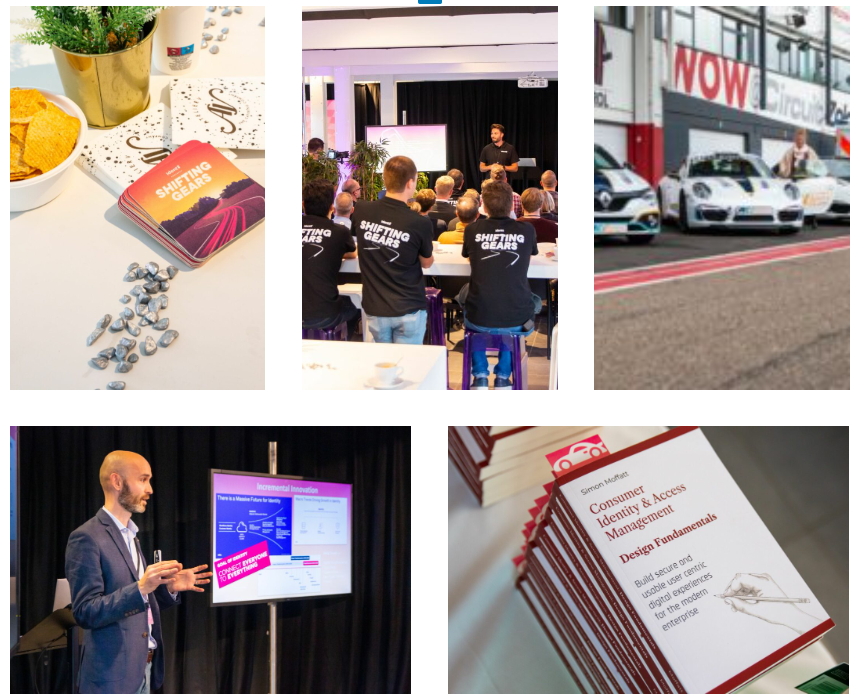Last week I had the privilege of attending a consumer identity and access management day hosted by specialist CIAM consultancy IdentIT to deliver a key note presentation on the future trends of consumer IAM. Identity specialists, security leaders and enterprise architects gathered at the Circuit Zolder in Belgium for an afternoon of identity discussions, case studies and more importantly track racing on a former F1 circuit!
Styra, the team behind "Cloud Native Authorization" recently announced a few feature called "Styra Run". Their launch blog back in July described Run as being "a new holistic approach" to authorization. But that is trying to solve? Styra are behind the popular Open Policy Agent - a policy driven decision engine for authorization in cloud native environments. Whilst likely OPA is focused on the protection of infrastructure (think containerized ecosytems) it is also used for protecting APIs and custom applications. The developer-first angle sees a dedicated rule language and the storage of policy data in files. The OPA project on github has over 7000 stars.
In the last 3 years or so, we have seen huge interest in the need to improve authentication techniques, that deliver a passwordless MFA experience. What is stopping adoption?
Trust within the identity world is a huge priority. Trust regarding the on-boarding and registration of external users via proofing (think assurance levels using identity validation and verification techniques) right through to creating trust labels for employees in order to monitor for malicious activity - that is either driven by external threat actors, insider threat or just unintentional bad user behaviour.
When on briefings and inquiry workshops there are often emerging themes that start to spring up repeatedly. Perhaps every few months, perhaps under different projects, using different terms and stories and perhaps from unexpected people or teams.
There has been one theme over the past 12 months or so that is difficult to ignore: not only how identity based security has left-shifted into the thinking of information leaders to being a first-class citizen in the technology arsenal, but how identity is moving into a new territory. The territory of autonomy.
This week saw the London edition of Infosec Europe - essentially a smaller version of the RSA Conference a few week ago in San Francisco. There were about 15,000 attendees and 300+ solution providers from a range of cyber and information security areas. Of course my primary interest was to get briefings and understand the viewpoint from an identity and access management perspective and see how far the tentacles of identity were now spreading into other orthogonal areas of security. It didn't disappoint and I had some thought provoking conversations...







